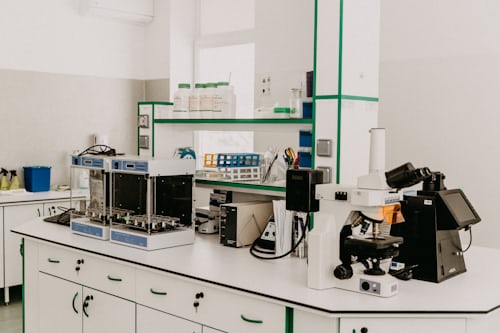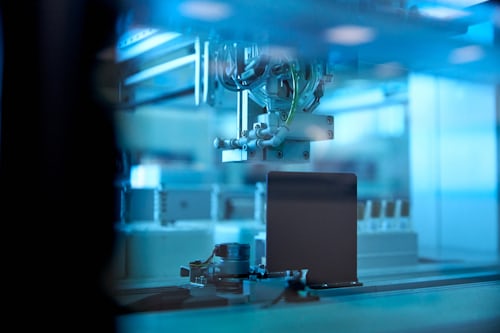
Fume hood Malaysia is made to keep lab workers secure when handling dangerous substances. Toxic particles that could settle in the lungs and have major health repercussions are kept out of the air by filtering it. Users must adhere to fundamental safety precautions for fume hoods to offer protection. No matter how perfectly a fume hood is made, it won’t work properly if necessary safety precautions aren’t taken in the lab.
Prior to Utilizing a Fume Hood

- Get acquainted with the compounds. You must be aware of any potential safety risks before working with hazardous materials. Read the Safety Data Sheet (SDS) and take the recommended safety measures.
- Take note of the closest exit, the eyewash station, and the fire extinguisher. Make sure there are no obstructions in the way to these places.
- Verify the certification sticker on the fume hood. Every year, fume hoods should really be inspected. The certification sticker states the average face velocity and the date the hood was last tested.
- Don the necessary safety gear. Depending on the materials you’re utilising, you might need additional safety equipment. For acid testing, for instance, splash goggles, gloves, and a full face protection may be required. Users who are wearing the appropriate safety gear will be shielded from severe harm in the event of unexpected spills or fires.
- Verify that the exhaust is functioning properly. The primary function of a fume hood is to remove dangerous gases and fumes from the area.
- Make that the baffles are not blocked by anything.
- Check the airflow monitor’s status if the fume hood has one to make sure it is operating correctly. Take a break from your work if you ever think the airflow has changed.
Using A Fume Hood Correctly

- Put chemicals inside the hood at least six inches. You’ll have to be able to rapidly close the sash in an emergency. Ensure that nothing ever obstructs this space and that only the substances required for the process are contained inside the hood. The danger will simply grow as more materials are added. Additionally, putting chemicals inside the hood at least six inches will reduce the possibility of fumes leaking into the lab.
- Do not put your face inside the fume hood. Your hands ought to be the only body parts within the fume hood unless you’re utilising a walk-in model. The sash serves as a protective barrier and is used when performing dangerous work.
- Set up hefty machinery on blocks. By doing so, air will be able to circulate beneath it and the fume hood will be able to function.
- Don’t mess with the airflow. Using exterior fans close to the fume hood opening may disrupt airflow, which will reduce the fume hood’s efficacy. Additionally, moving quickly in or out of the hood while strolling close to the opening could have a similar impact. Rapid movements have the potential to produce enough turbulence to obstruct the passage of air into the hood and expose workers.